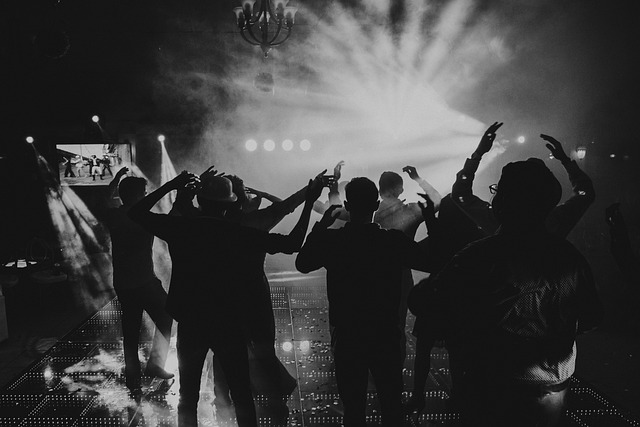In today's digital world, where finding individuals online is easy through social media searches, identity verification is crucial for secure interactions. Visual identity verification via video calls offers a robust solution to impersonation and fraud by analyzing facial features and expressions during the call. This method enhances security when searching for or finding people on social media, helping prevent fake accounts and verify profile authenticity. Using video calls streamlines identity confirmation, eliminating lengthy documentation, and is beneficial for businesses verifying customer identities. Effective implementation requires clear user consent, privacy protection, reliable video conferencing tools, and guidance on preparing valid ID documents. Integrating search social media and find someone on social media functionalities can further optimize accuracy by cross-referencing visual identities with online profiles.
In today’s digital age, verifying identities online has become paramount to ensure security. As we increasingly search social media and find people through various platforms, implementing robust identity confirmation methods is crucial. Video calls offer a game-changing solution for visual identity verification. This article explores the need for such measures, delves into integrating video calls for secure authentication, highlights the benefits, and provides best practices to effectively implement this innovative approach, ensuring a safer online experience when finding someone on social media.
- Understanding the Need for Visual Identity Verification
- Integrating Video Calls for Secure Authentication
- Benefits of Using Video Calls for Identity Confirmation
- Best Practices and Considerations for Effective Implementation
Understanding the Need for Visual Identity Verification

In today’s digital age, where finding people online is as simple as a search on social media, verifying identities has become a critical aspect of maintaining secure interactions. With countless profiles and accounts, it’s essential to ensure that the person you’re connecting with is indeed who they claim to be, especially in professional or sensitive contexts. Visual identity verification through video calls offers a robust solution to this growing challenge.
By utilizing video technology, individuals can confirm facial features, mannerisms, and other visual cues, providing a layer of protection against impersonation and fraud. This method is particularly valuable when searching for someone on social media or trying to find a specific individual among numerous profiles. It adds an extra step in the verification process, ensuring that the connection is genuine and safe.
Integrating Video Calls for Secure Authentication

Integrating video calls into authentication processes offers a secure and effective way to verify individuals’ identities. By using this technology, platforms can ensure that the person accessing their services is indeed who they claim to be. During a video call, biometric data such as facial features and expressions can be analyzed, providing an additional layer of security. This method significantly reduces the risk of identity fraud and ensures that social media platforms remain safe spaces for users to connect and interact.
When someone wants to find people or search for someone on social media, integrating video calls for authentication becomes a powerful tool. It allows these platforms to verify the authenticity of profiles, preventing the creation of fake accounts. This process is especially useful when trying to reconnect with old friends or family members, ensuring that the person you’re connecting with is genuinely who they say they are.
Benefits of Using Video Calls for Identity Confirmation

Using video calls for identity confirmation offers several advantages in the digital age. One of its key benefits is enhancing the accuracy and security of finding people online. When searching social media or trying to find someone on social media, a simple text-based query may not yield reliable results. Video calls allow for visual verification, ensuring that the person you are interacting with is indeed who they claim to be. This reduces the risk of impersonation and fraud, making it safer to connect and interact with individuals in an online setting.
Additionally, this method streamlines the process of identity confirmation. Instead of relying on lengthy documentation or physical meetings, video calls provide a convenient and efficient way to cross-reference facial features and personal details. It’s especially useful for businesses and organizations that need to verify customer identities for security and regulatory purposes. By leveraging video technology, they can maintain a robust verification system while saving time and resources.
Best Practices and Considerations for Effective Implementation

When implementing video call identity verification, several best practices and considerations can enhance its effectiveness. Firstly, ensure clear consent from individuals before initiating a video call for verification purposes. Privacy is paramount; thus, users should be well-informed about the process and their rights. Secondly, encourage participants to use reliable video conferencing tools that offer robust security features to prevent any potential identity spoofing.
For optimal results, suggest that users prepare by verifying their chosen identification documents in advance, ensuring they are valid, up-to-date, and easily accessible during the call. Additionally, guide them on how to position themselves and their documents for clear, unobstructed views. Consider integrating search social media and find someone on social media functionalities into your verification system if applicable, allowing for cross-referencing of visual identities with online profiles to increase accuracy.






